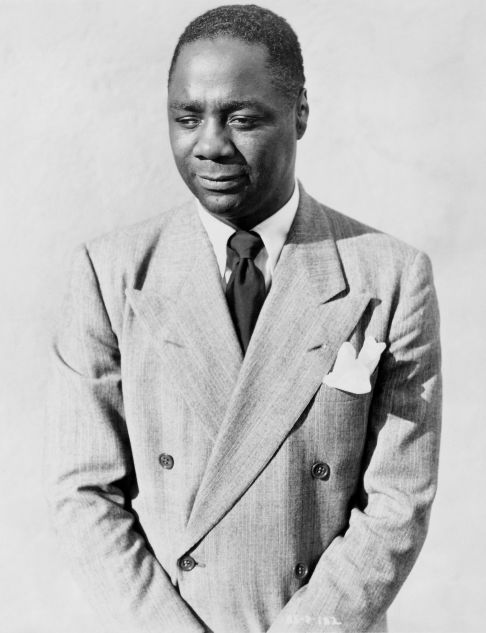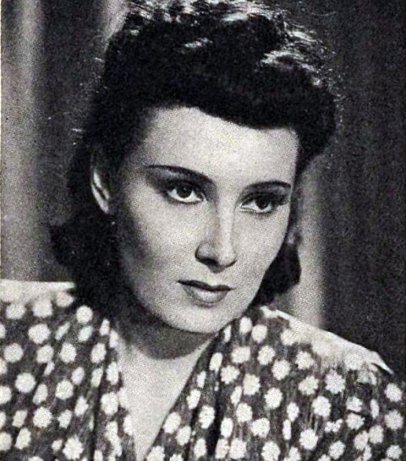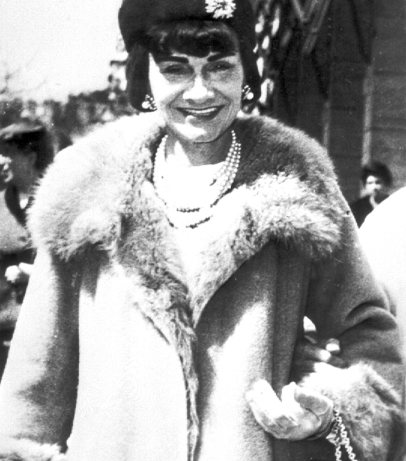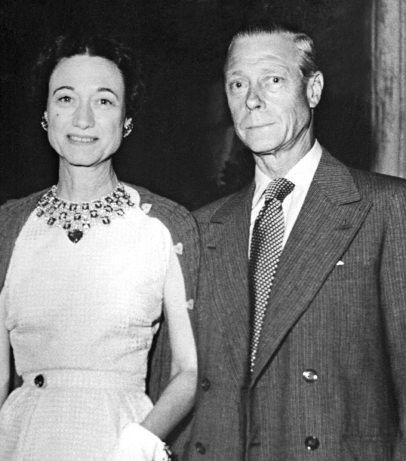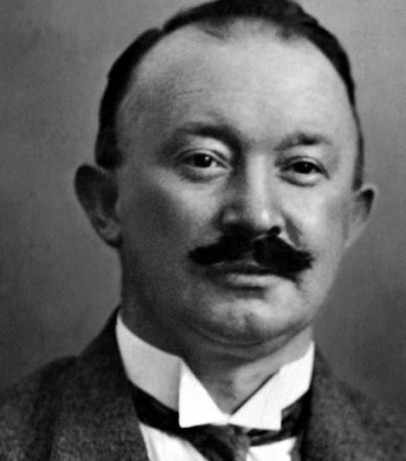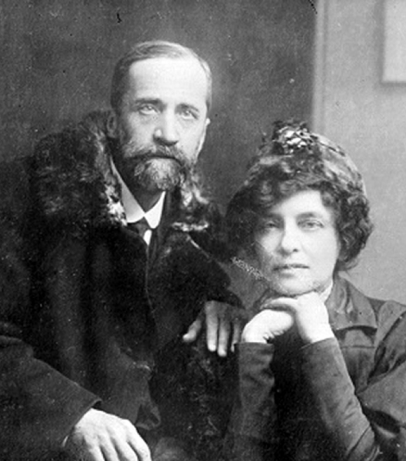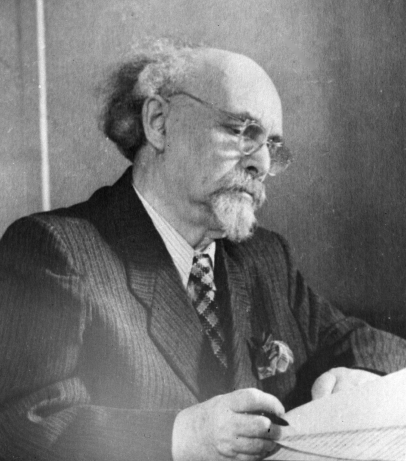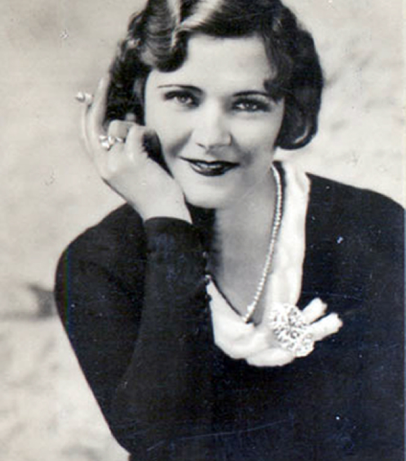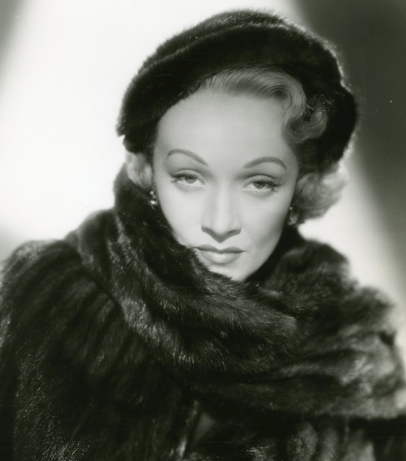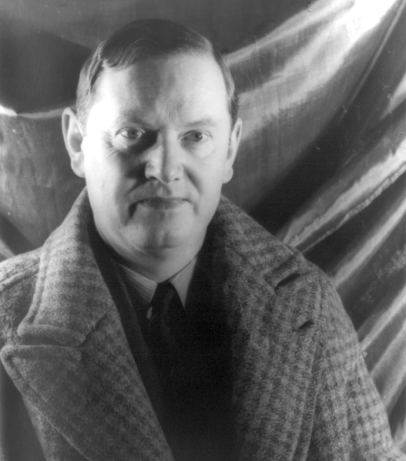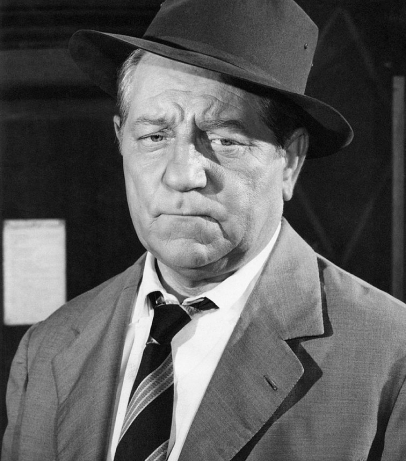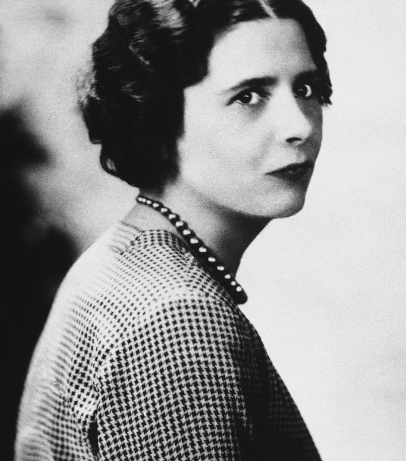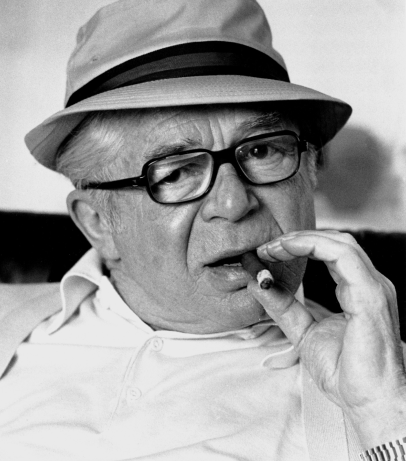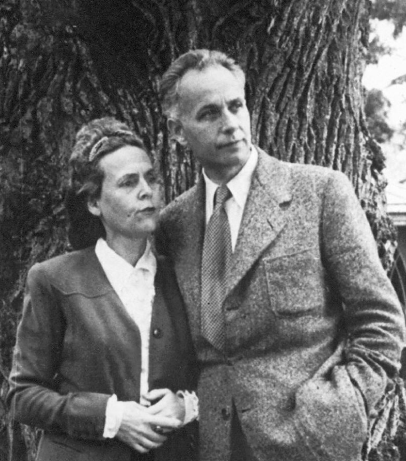On 25 September 1946, African-American actor Canada Lee shocked audiences at Boston's Shubert Theatre by portraying the white character Daniel de Bosola in John Webster's The Duchess of Malfi. In contrast to the customary situation where white men covered their faces with stain or burnt cork make-up to portray black people, Lee applied a whitewash of a special medical paste used to treat burns and hide scars. Boston newspapers admitted that the portrayal of a white character by a black man for the first time in American history could mark a new stage in theatre life.
Canada Lee (born Leonard Lionel Cornelius Canegata) had first tried his hand as a jockey and violinist, then had an impressive boxing career, but was forced to end it due to injury. He then turned to acting, and generally succeeded, partly with the help of the legendary innovative filmmaker Orson Welles. In the 1930s, he also became a civil rights activist. He was recognised as one of the most talented actors in the United States, with African-American playwright Langston Hughes writing plays for him.
In the late 1940s, Lee would have serious problems: he would not be forgiven for his anti-racist activities. On the wave of anti-communist “witch hunts”, he would be put on Hollywood's "black list" (the FBI offered him a deal: if Lee publicly called singer Paul Robeson a communist, his name would be "cleared", but the actor would flatly refuse and would be punished with actual suspension from work). He was due to appear before the House Un-American Activities Committee but died of a heart attack on 9 May 1952 shortly before the hearing. He is known to foreign audiences for his role in Alfred Hitchcock's Lifeboat. The New York Times called him “by far the best Black actor of his time, as well as one of the best actors in the country”.
The use of make-up to portray black people ("blackface") has been part of the cultural tradition in many countries and in some cases, this has subsequently been recognised as a manifestation of racism. The BLM movement has recently changed attitudes to the portrayal of a member of another race on stage. In the 21st century, many activists would fight the practice of blackface and campaign for its prohibition.
Source: Mona Z. Smith, “Becoming Something: The Story of Canada Lee”, Faber & Faber, Incorporated, 2005
